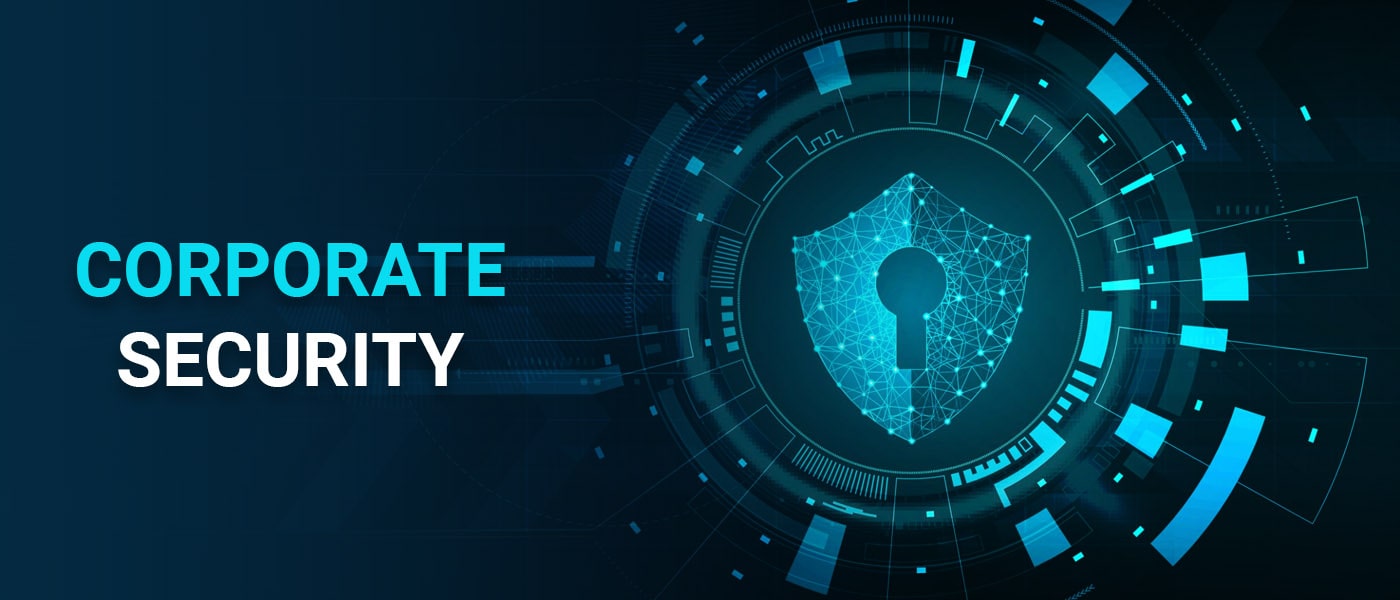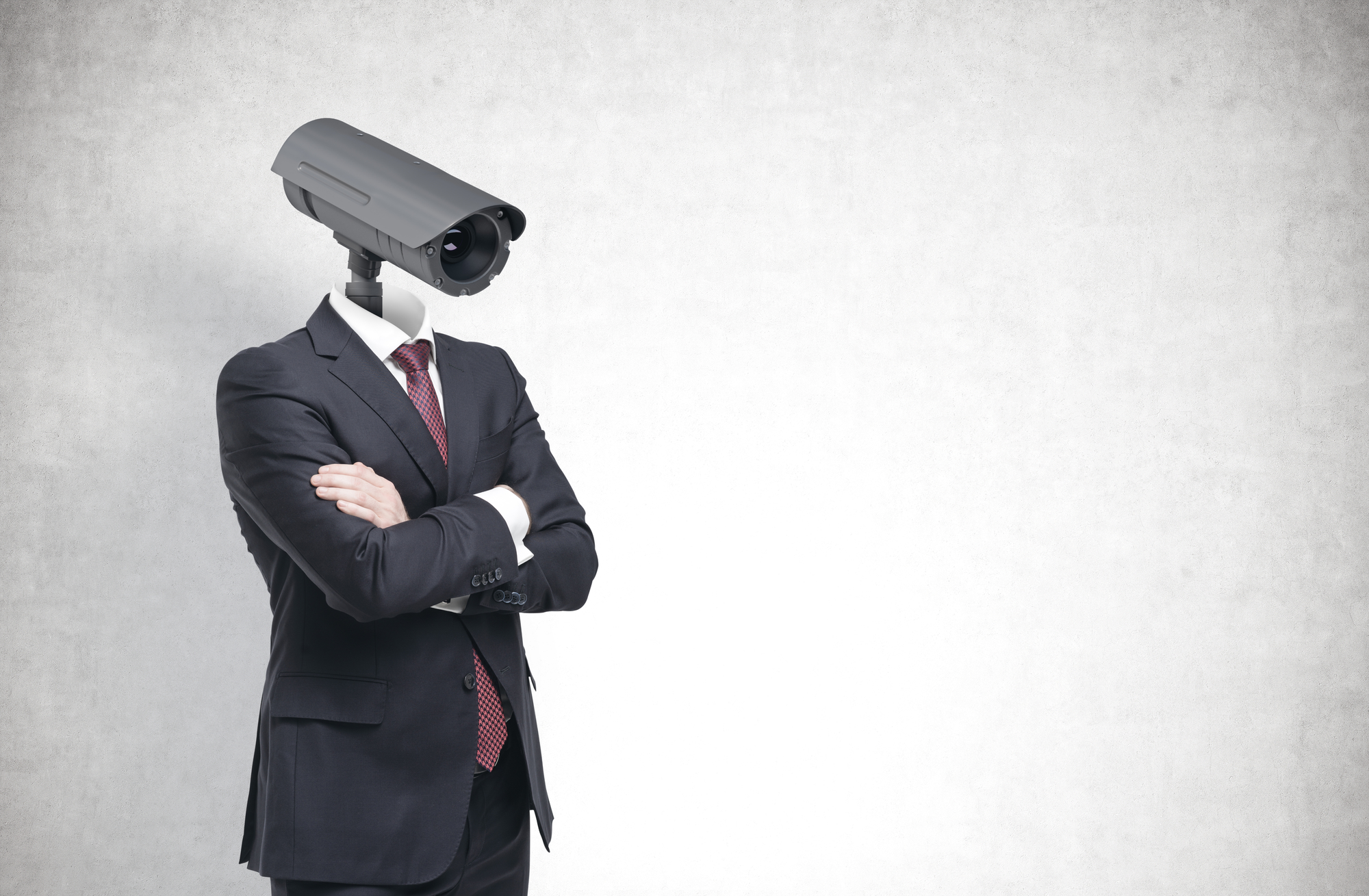Unleashing the Power of Corporate Security: A Comprehensive Overview
From Cybersecurity to Physical Measures: Strengthening Company Safety And Security in an Altering Globe
By combining the strengths of both cybersecurity and physical safety, business can produce a detailed protection approach that addresses the varied variety of hazards they deal with. In this conversation, we will certainly discover the transforming danger landscape, the demand to integrate cybersecurity and physical security, the execution of multi-factor authentication steps, the significance of staff member awareness and training, and the adjustment of security procedures for remote workforces. By analyzing these crucial areas, we will acquire useful understandings into how organizations can enhance their business safety in an ever-changing world.
Comprehending the Transforming Danger Landscape
The progressing nature of the contemporary world requires an extensive understanding of the changing threat landscape for reliable corporate protection. It is crucial for organizations to remain notified and adjust their protection gauges to deal with these evolving hazards.
One trick aspect of understanding the changing danger landscape is identifying the various sorts of threats that companies face. Cybercriminals are regularly developing brand-new strategies to manipulate vulnerabilities in computer systems and networks. These risks can range from malware and ransomware attacks to phishing scams and social design strategies. Furthermore, physical risks such as burglary, criminal damage, and company reconnaissance stay widespread issues for services.
Tracking and assessing the threat landscape is crucial in order to identify prospective threats and vulnerabilities. This involves staying updated on the most up to date cybersecurity patterns, assessing hazard intelligence records, and performing routine threat analyses. By understanding the transforming risk landscape, companies can proactively apply appropriate safety and security steps to reduce risks and protect their assets, credibility, and stakeholders.
Integrating Cybersecurity and Physical Security
Integrating cybersecurity and physical safety and security is crucial for detailed company defense in today's interconnected and digital landscape. As organizations increasingly rely upon modern technology and interconnected systems, the limits between physical and cyber hazards are becoming obscured. To efficiently secure against these risks, an all natural strategy that incorporates both cybersecurity and physical safety steps is crucial.
Cybersecurity concentrates on protecting electronic properties, such as information, networks, and systems, from unauthorized access, disruption, and burglary. Physical security, on the various other hand, encompasses measures to secure physical possessions, people, and facilities from susceptabilities and hazards. By incorporating these 2 domains, organizations can resolve susceptabilities and risks from both digital and physical angles, thereby enhancing their total protection pose.
The assimilation of these 2 disciplines permits an extra thorough understanding of safety threats and enables a unified feedback to cases. Physical access controls can be improved by incorporating them with cybersecurity protocols, such as two-factor authentication or biometric recognition. Cybersecurity actions can be matched by physical security procedures, such as monitoring cams, alarm systems, and secure gain access to factors.

Applying Multi-Factor Authentication Steps
As organizations progressively focus on thorough safety and security measures, one effective strategy is the execution of multi-factor authentication actions. Multi-factor authentication (MFA) is a safety and security approach that calls for users to give several forms of identification to access a system or application. This technique adds an added layer of defense by incorporating something the individual understands, such as a password, with something they have, like a safety or a finger print token.
By executing MFA, companies can significantly boost their safety and security stance - corporate security. Standard password-based verification has its restrictions, as passwords can be conveniently jeopardized or neglected. MFA mitigates these threats by adding an extra authentication variable, making it harder for unapproved individuals to gain accessibility to sensitive details
There are several sorts of multi-factor verification approaches offered, consisting of biometric verification, SMS-based verification codes, and hardware tokens. Organizations require to assess their specific requirements and choose one of the most appropriate MFA service for their requirements.
Nevertheless, the execution of MFA ought to be meticulously prepared and carried out. It is essential to strike a balance between security and usability to avoid customer stress and resistance. Organizations should likewise think about potential compatibility problems and give appropriate training and assistance to make certain a smooth shift.
Enhancing Worker Recognition and Training
To reinforce business safety, organizations have to prioritize boosting worker awareness and training. Several safety breaches take place due to human error or absence of recognition.
Efficient employee awareness and training programs must cover a vast variety of topics, consisting of data security, phishing attacks, social design, password hygiene, and physical security measures. These programs ought to be customized to the certain needs and responsibilities of various staff member roles within the organization. Regular training simulations, sessions, and workshops can help workers establish the necessary abilities and expertise to recognize and react to protection hazards effectively.
Moreover, companies should motivate a culture of safety recognition and provide continuous updates and tips to keep workers informed regarding the newest risks and reduction methods. This can be done through inner communication networks, such learn this here now as e-newsletters, intranet sites, and email projects. By fostering a security-conscious labor force, organizations can substantially minimize the probability of safety events and safeguard their useful assets from unapproved accessibility or concession.

Adapting Safety Actions for Remote Labor Force
Adapting business safety and security steps to suit a remote workforce is essential in guaranteeing the protection of sensitive details and possessions (corporate security). With the boosting pattern of remote job, organizations must carry out proper protection steps to mitigate the dangers connected with this brand-new method of working
One essential aspect of adapting protection actions for remote work is establishing safe and secure communication networks. Encrypted messaging platforms and virtual personal networks (VPNs) can aid protect delicate information and prevent unapproved access. Additionally, organizations should impose the use of strong passwords and multi-factor verification to enhance the security of remote accessibility.
An additional vital factor to consider is the implementation of secure remote access options. This includes supplying workers with safe and secure access to business resources and data through virtual desktop computer framework (VDI), remote desktop computer methods (RDP), or cloud-based options. These technologies make certain that delicate information continues to be secured while allowing employees to do their duties efficiently.

Finally, extensive safety and security understanding training is important for remote workers. Educating sessions ought to cover best methods for firmly accessing and handling sensitive details, determining and reporting phishing attempts, and keeping the overall cybersecurity health.
Final Thought
In conclusion, as the threat landscape proceeds to progress, it is critical for companies to strengthen their safety and security measures both in the cyber and physical domains. Incorporating cybersecurity and physical safety, executing multi-factor verification steps, and improving worker awareness and training are vital steps in the direction of achieving durable business security.
In this conversation, we will certainly check out the changing danger landscape, the requirement Resources to incorporate cybersecurity and physical security, the implementation of multi-factor verification measures, the relevance of worker understanding and training, and the adaptation of protection steps for remote workforces. Cybersecurity steps can be complemented by physical protection steps, such as security cams, alarms, and protected gain access to points.
As companies progressively prioritize thorough protection actions, one efficient strategy is the execution of multi-factor verification actions.In conclusion, as the threat landscape proceeds to progress, it navigate to this site is crucial for organizations to enhance their security determines both in the cyber and physical domain names. Incorporating cybersecurity and physical security, applying multi-factor authentication actions, and boosting worker awareness and training are vital steps in the direction of achieving robust corporate protection.